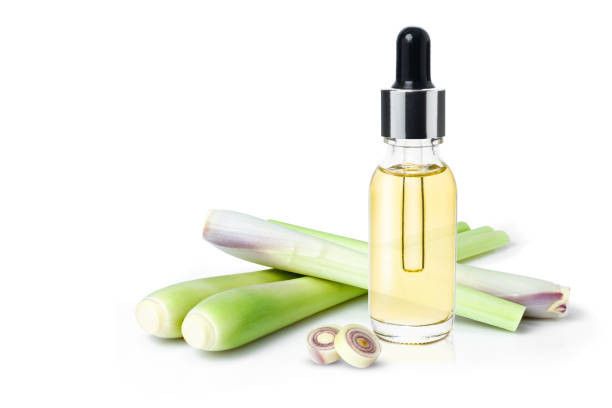views
While the citronella oil market presents strong growth potential and diversification opportunities, it is also constrained by a set of market restraints that affect supply stability, product consistency, consumer perception, and scalability. These limitations pose challenges for industry stakeholders seeking to establish long-term competitiveness in a market increasingly defined by regulatory rigor and consumer expectations.
Agricultural Dependency and Climatic Vulnerability
A core restraint in the citronella oil market is its high dependency on specific climatic conditions and agricultural cycles. Citronella grass thrives in tropical and subtropical regions, making production vulnerable to unpredictable weather patterns, droughts, and floods. Seasonal variations and climate change have led to inconsistent yields and disrupted harvests, impacting global supply availability and pricing. This agricultural dependency also limits the scalability of operations outside traditional growing zones.
Price Volatility and Supply Chain Instability
Due to limited geographic cultivation and fluctuating yields, the citronella oil market experiences frequent price volatility. Smallholder farmers, who dominate production in countries like Indonesia and India, often lack access to modern farming inputs and price assurance mechanisms. As a result, sudden supply shocks or currency fluctuations can lead to sharp pricing changes, making it difficult for manufacturers to plan long-term sourcing strategies or enter fixed contracts with distributors.

Low Yield and Labor-Intensive Processing
Citronella oil extraction is a labor-intensive process that yields a relatively small volume of oil per kilogram of plant material. The production requires large-scale cultivation, manual harvesting, and energy-intensive distillation methods. These operational inefficiencies increase costs and reduce margins, especially for small and mid-sized producers without access to advanced distillation technology or automation. For commercial-scale operations, the economics of production can become a limiting factor without significant investment.
Lack of Standardization and Quality Variability
The global citronella oil market lacks a universally accepted quality standard, leading to wide variations in oil composition, aroma, and purity. Inconsistent quality across suppliers can affect product performance, especially in applications where efficacy (e.g., insect repellency or fragrance consistency) is critical. This lack of standardization discourages larger consumer goods companies from adopting citronella oil in high-volume formulations and complicates regulatory approvals in regions with strict safety norms.
Short Shelf Life and Formulation Challenges
Citronella oil is prone to oxidation and degradation if not stored properly, which limits its shelf life and long-term usability. In addition, its strong aroma and chemical composition pose challenges in formulation with other ingredients, particularly in sensitive personal care or pharmaceutical applications. These limitations often require additional stabilization or encapsulation technologies, increasing development costs for manufacturers aiming to expand citronella-based product lines.
Consumer Perception and Misconceptions
Despite its benefits, citronella oil sometimes faces negative perceptions related to its strong scent or efficacy compared to synthetic alternatives. Some consumers question its effectiveness as a mosquito repellent, especially when not used at high concentrations. Additionally, confusion between citronella and synthetic citronellol or citronellal compounds can dilute brand messaging and reduce trust in all-natural formulations, particularly in markets where consumer education is limited.
Regulatory Barriers and Compliance Costs
Citronella oil faces regulatory hurdles in several countries due to its classification as a bioactive substance. In regions like the European Union and North America, citronella-based products must undergo rigorous testing and documentation to comply with safety standards. These compliance requirements increase the time and cost associated with bringing citronella oil formulations to market. Smaller firms often struggle to meet these demands without external support or partnerships.
Conclusion
Despite the citronella oil market’s growing relevance and alignment with natural product trends, a range of structural restraints continues to challenge its long-term growth and commercial scalability. Addressing these limitations—through supply chain modernization, technological investment, quality standardization, and consumer education—will be essential for stakeholders aiming to unlock the full value of citronella oil. Companies that anticipate and strategically mitigate these constraints will be better equipped to lead in a competitive and evolving global market.






















Comments
0 comment